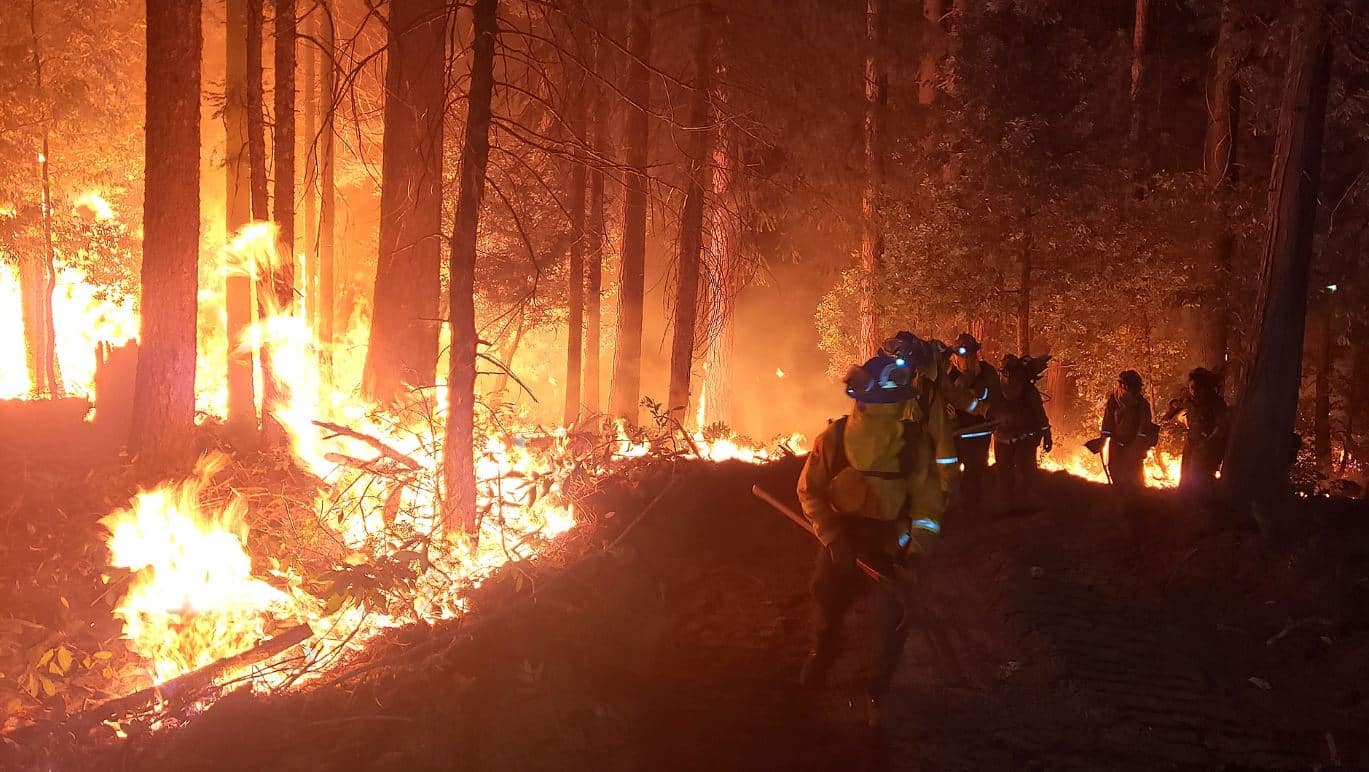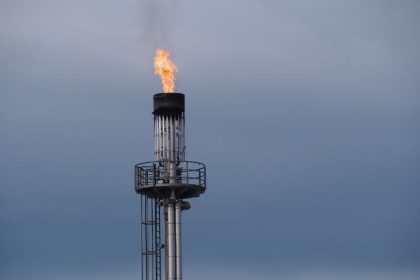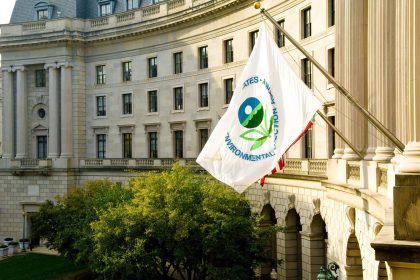Environmentalists Sue Forest Service for Flame Retardants Dropped on Fires

MISSOULA, Mont. — An environmental group is suing the U.S. Forest Service for the flame retardant it drops on western wildfires, saying the chemical pollutes waterways and violates the Clean Water Act.
The Forest Service dropped more than 761,000 gallons of fire retardant on at least 459 occasions onto streams and other waterways between 2012 and 2019, according to the lawsuit filed in federal court in Montana.
Its active ingredient is ammonium phosphate, more commonly known as fertilizer. It is mixed with water and salts and dropped from aircraft where it covers vegetation with a chemical coating that inhibits burning.
“What this aerial flame retardant does is get in the streams and creeks and kills fish,” Andy Stahl, executive director of Forest Service Employees for Environmental Ethics, told The Well News. “Ammonia is very toxic to fish.”
The group’s lawsuit seeks an injunction against the Forest Service from spraying chemical retardants on wildfires.
“Retardant use is increasing, suggesting that more retardant will be discharged to navigable waters in the future,” the lawsuit says.
The injunction should continue until the Forest Service can prove the retardants are effective and the Environmental Protection Agency grants the agency a Clean Water Act permit, the lawsuit says.
More traditional firefighting techniques can be equally effective in stopping wildfires, Stahl said.
“Water is nice,” he said. “Water doesn’t kill fish. We also know that water puts out fires.”
Although the Forest Service says the damage from U.S. wildfires is not increasing, some environmentalists say fires that ravaged western states in recent years are a sign of the times because of global warming.
“Multiple studies have found that climate change has already led to an increase in wildfire season length, wildfire frequency and burned area,” the EPA said in a report on climate change indicators in August.
A report from the environmental advocacy group Center for Climate and Energy Solutions says, “Climate change enhances the drying of organic matter in forests (the material that burns and spreads wildfire), and has doubled the number of large fires between 1984 and 2015 in the western United States.”
Regardless of whether climate change can be blamed for wildfires, the Forest Service Employees for Environmental Ethics lawsuit reveals what appears to be unequal administration of the Clean Water Act by the EPA.
Most aircraft that spray chemicals, such as herbicides and pesticides, require National Pollutant Discharge Elimination System permits given out by the EPA only after the persons receiving them can prove they will not harm the environment.
The Forest Service has no permits for the flame retardant. Instead, it claimed authorization from a 2011 letter from the EPA granting permission for the spraying.
The lawsuit filed in U.S. District Court in Montana says the EPA lacks authority to grant waivers from Clean Water Act regulations.
“An EPA opinion cannot amend the Clean Water Act,” the lawsuit says.
The 1972 Clean Water Act is the primary U.S. law governing water pollution. Its objective is to restore and maintain the chemical, physical and biological integrity of the nation’s waters.
It covers all waters with a “significant nexus” to “navigable waters,” including the streams and creeks mentioned in the Forest Service Employees for Environmental Ethics lawsuit.
The Forest Service has not commented on the lawsuit.
The lawsuit is filed as Forest Service Employees for Environmental Ethics v. U.S. Forest Service, case number 9:22-cv-00168, in the U.S. District Court for the District of Montana.
Tom can be reached at [email protected] and @TomRamstack
























